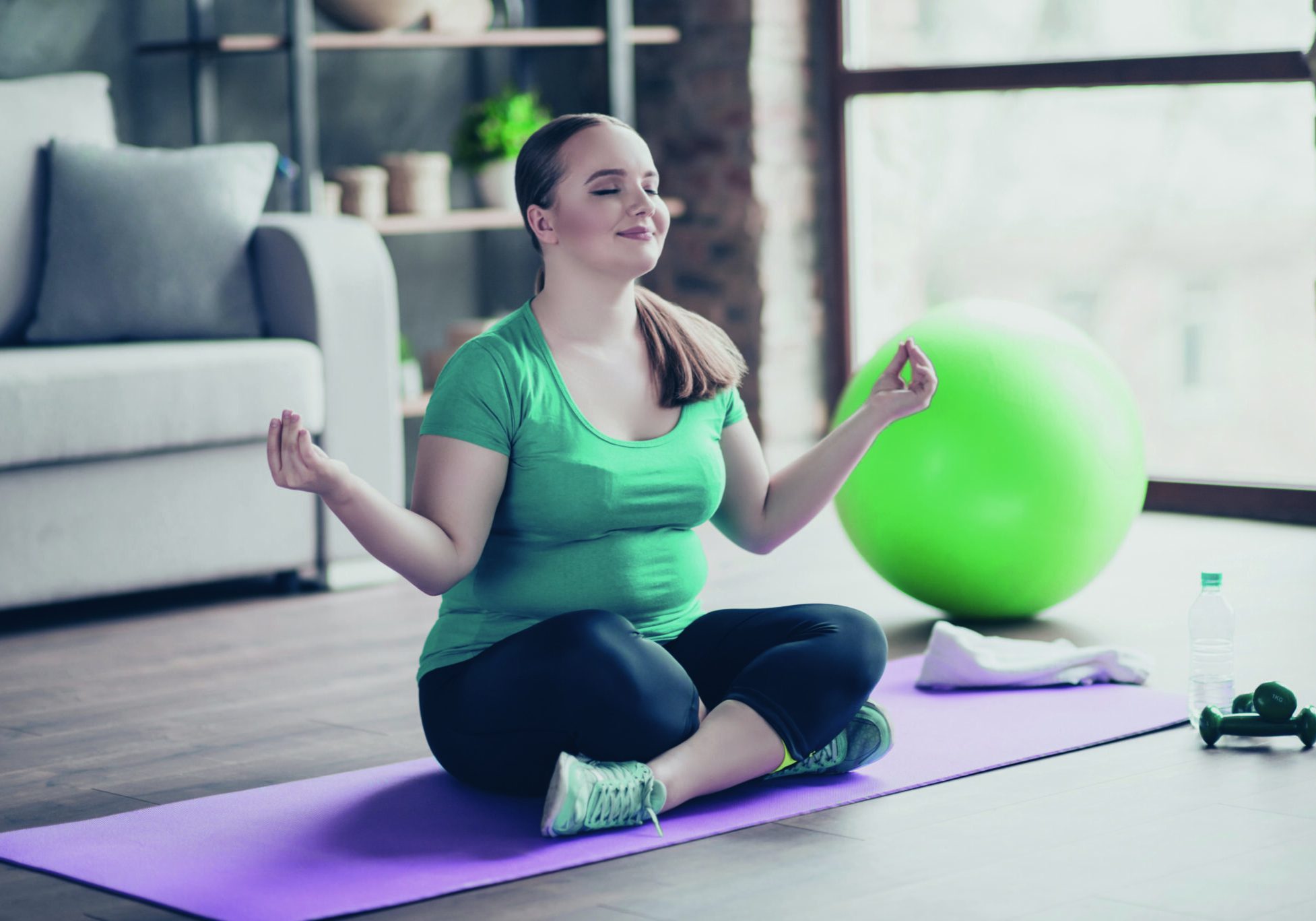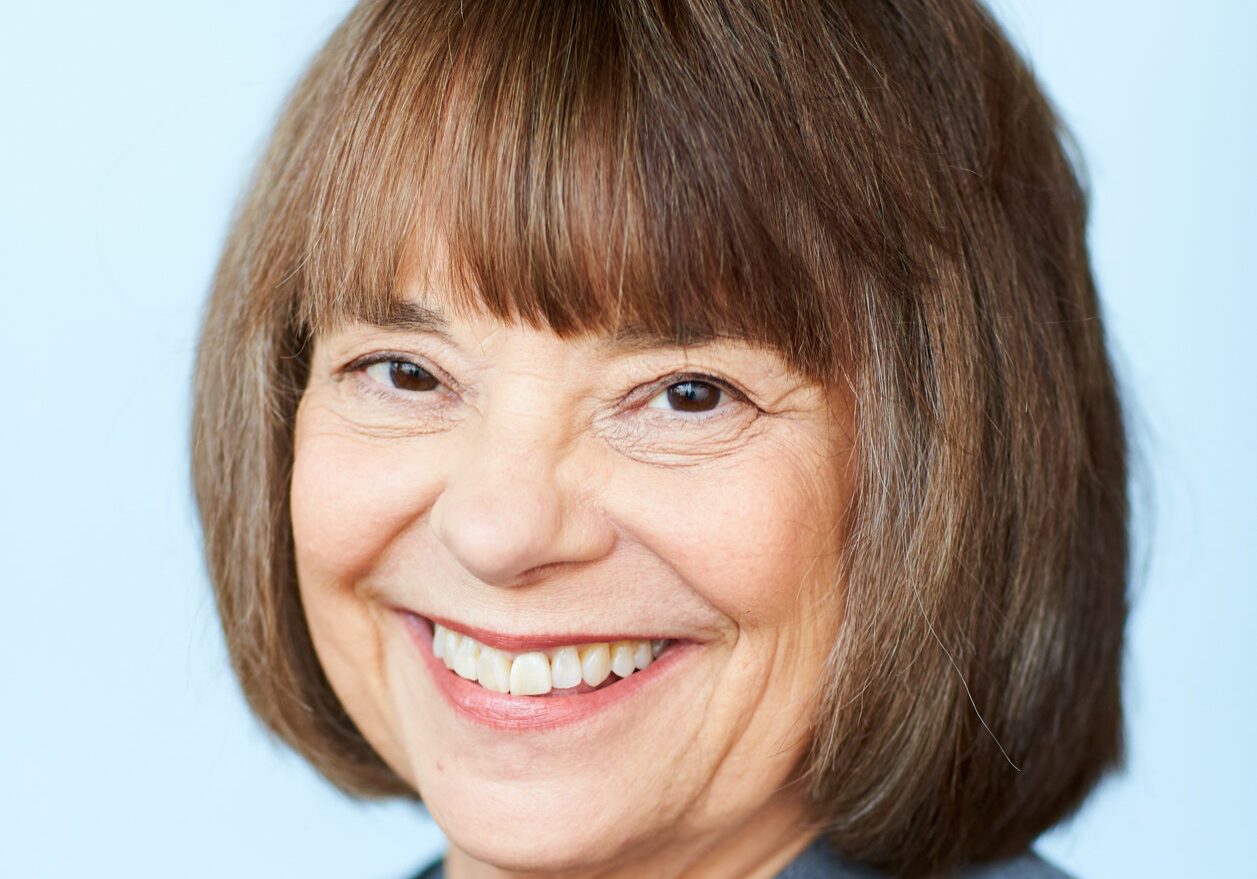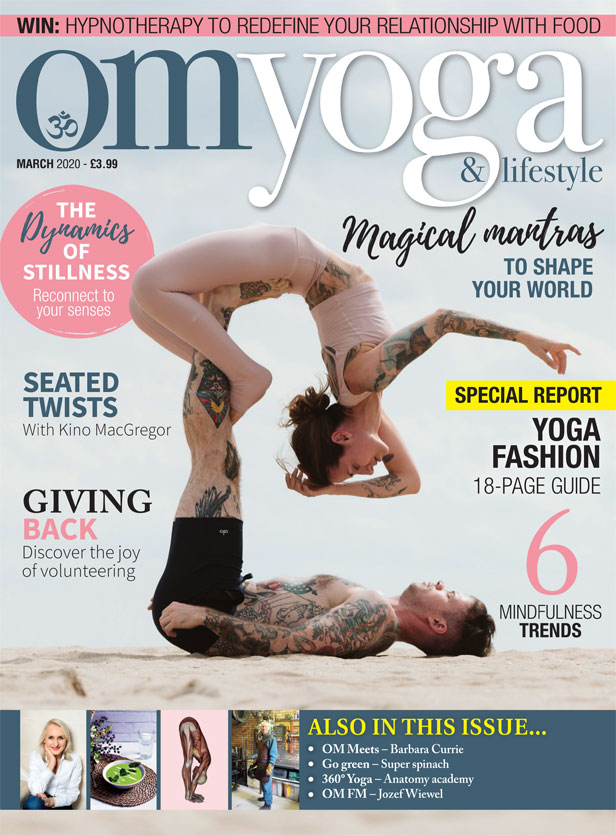
Taking Refuge
Navigating our daily lives from a centre of presence. By Judith Hanson Lasater
T aking refuge is something all human beings crave from time to time. We take refuge every time we step on the yoga mat. We hope for refuge when we come home from an exhausting
day. We might be craving ease, comfort, and a simple state of being when we walk in the park or sit on the back porch, looking at the stars.
It is easy to feel relaxed and present after a delicious Savasana, practiced in the sweet comfort of a yoga class. We may also be committed to our regular yoga practice at home as a way to find refuge, and it is usually an effective strategy to do so. But unfortunately, when we try to take that space of refuge and equanimity through the whole rest of the day after practicing, it
sometimes seems like an impossible task.
After a class or home practice, what happens when we open the door and emerge onto the busy streets, or when we are done, we simply fall back into the ‘busy streets’ of our mind? What happens when we arrive home after work to our familiar surroundings, familiar patterns, and familiar relationships?
I have written a book called Living Your Yoga that has inspired a number of workshops on the topic of shaping our practice into a tool to be used all day long, with all those that we encounter, and with all the tasks we perform.
Furthermore, I believe that our spiritual practice must be based on complete practicality and applicability to be of any real use in our lives. Taking refuge is a skill that can be practiced all day long. And when we remember, we can choose to take refuge from the relentless mind, we can feel a state of refuge within the body, and we can live refuge from the heart when we listen to others, right now and every day. How to find, nurture and sustain this sense of refuge as much of the day as we can, is at the heart of yoga practice.
But to really practice refuge, we need to practice it all day long with clarity and compassion. This type of practice will not only help us personally but will help us to create the kind of world we want to live in, and to leave to our children and others who follow us.

Active asana practice reminds us to listen to the brilliant languages this miraculous body uses to communicate with our consciousness: feelings, sensations, pleasure, discomfort, ease, happiness, sadness, joy, and others.
Once I leave the mat, I have found that the use of empathy is one of the most powerful tools I have ever encountered for keeping me centered, regardless of the surrounding circumstances of the moment. I have learned how to create, and sustain for longer and longer periods, a refuge in myself by using empathy, both for myself and others. I am eager to share these ideas and techniques with others.
When we do practice empathy, we will better understand the difference between ‘taking refuge from’ and ‘taking refuge in’. To take refuge is not about running away from that which overwhelms us. Rather, true refuge is about turning inward, whatever the external circumstances, and rest in the silence and ease that is always there, that was always there.
An active asana practice can be an excellent tool for experiencing refuge in lives. In the highly intellectual world in which most of us live, we need to take time to regularly drop deeply down into the embodied and intuitive wisdom of the body.
I like to say that ‘your body is smarter than you are’, meaning that your body knows how to move, how to heal itself, and how to serve your will. It can sustain many functions at the same time so that our brain is free for thinking, planning, creating, and dreaming.

Judith Hanson Lasater, Ph.D., PT, yoga teacher since 1971, and author of 10 books on yoga, including the forthcoming Yoga Myths: What We Need to Learn and Unlearn to Stay Safe and Happy on Our Yoga Mat




